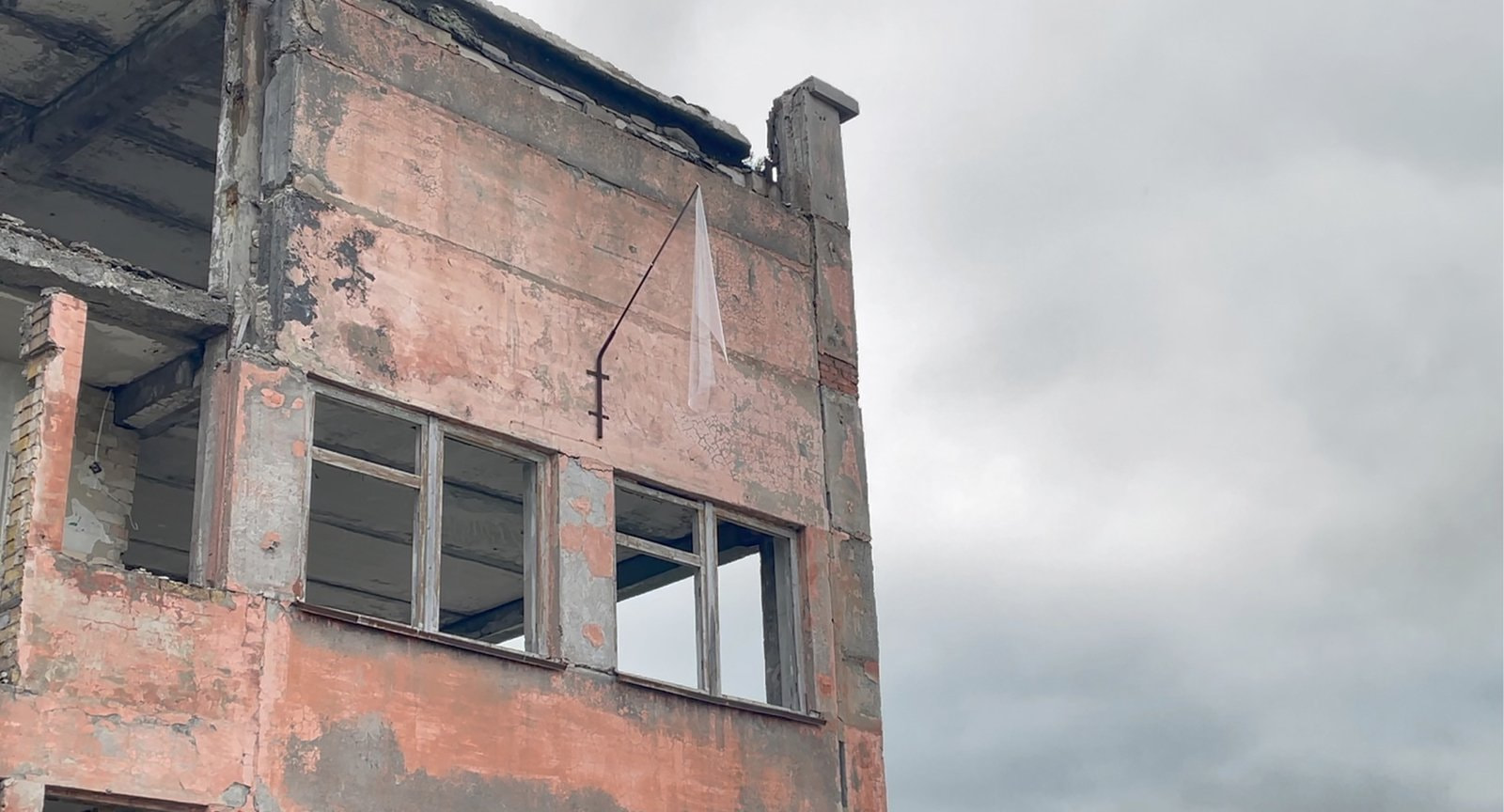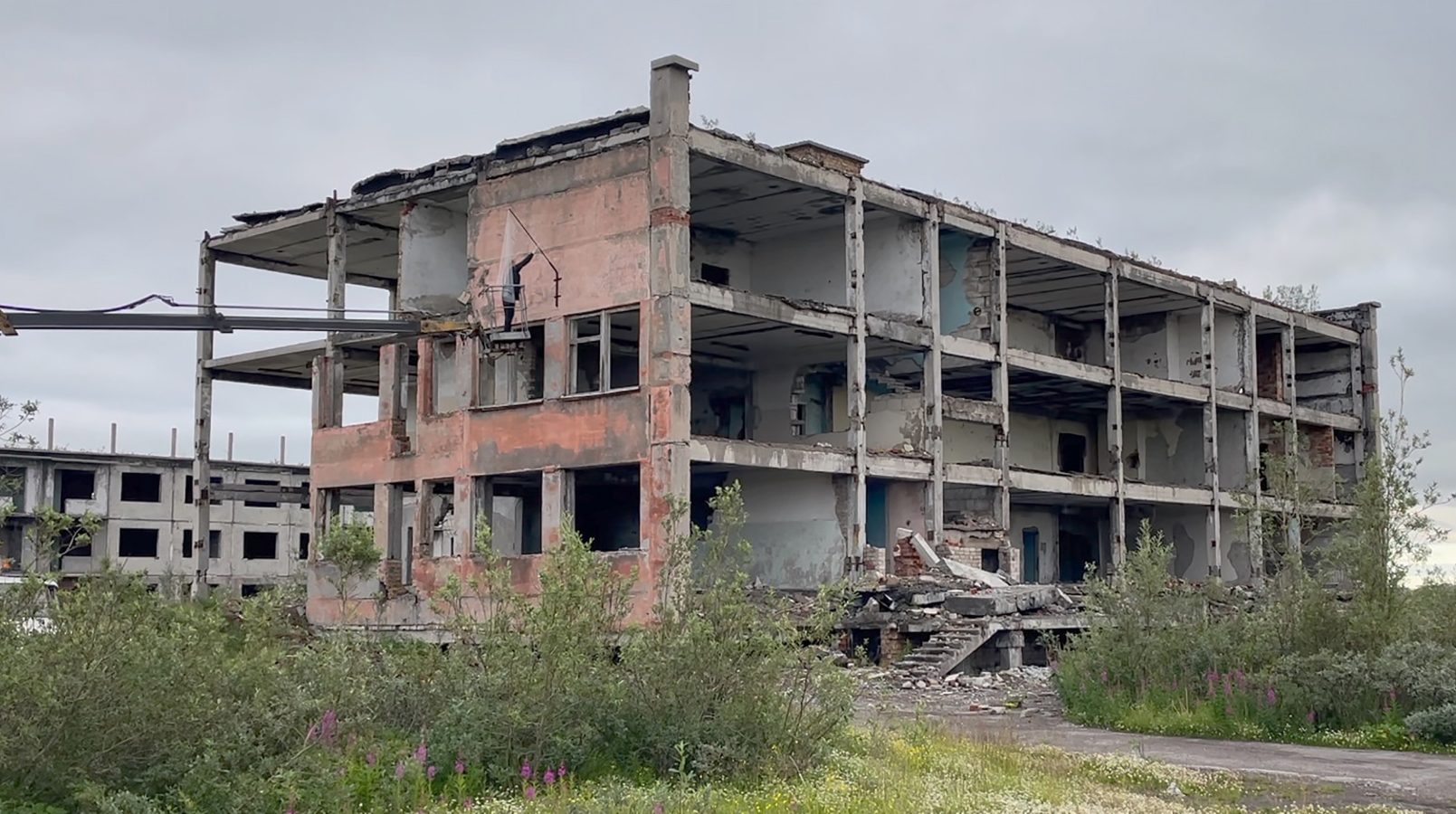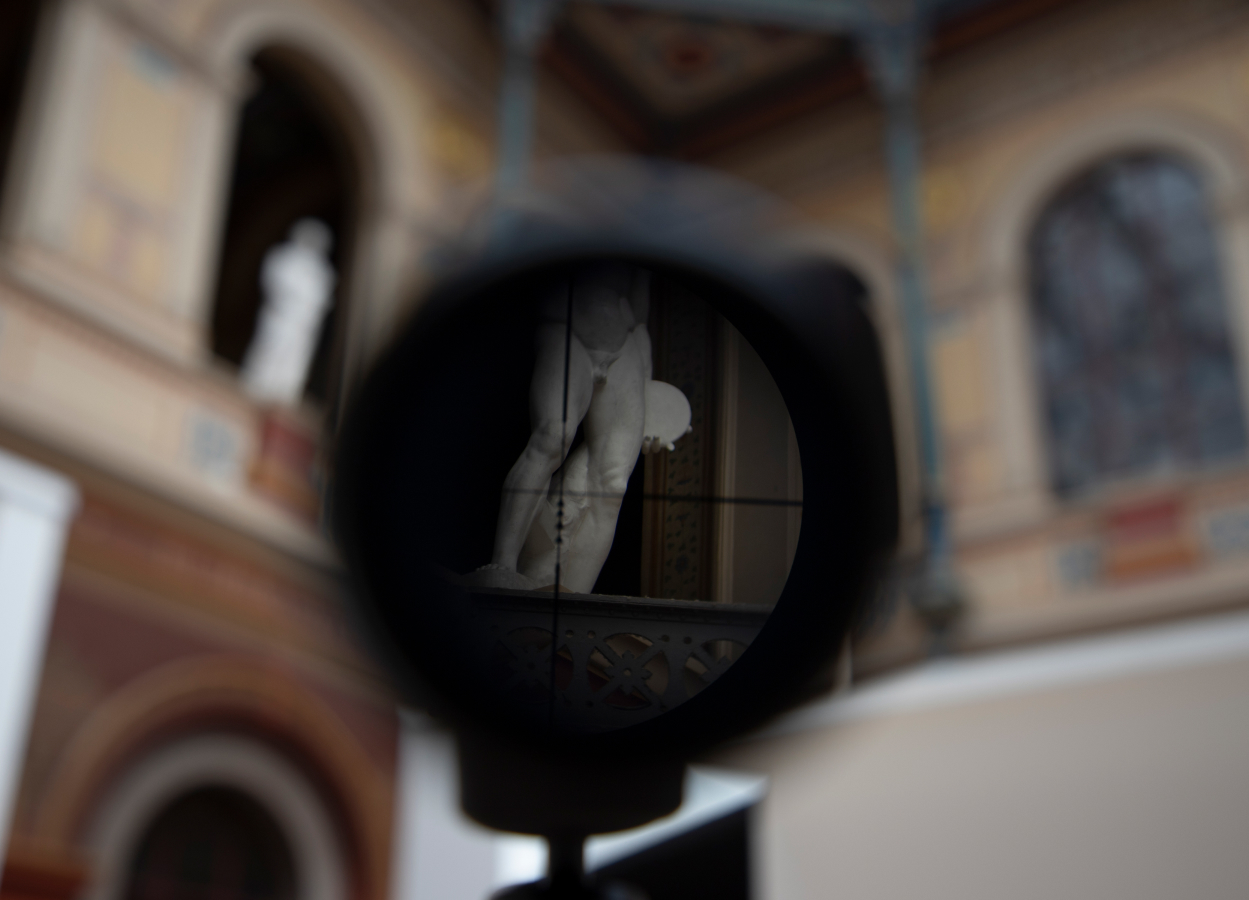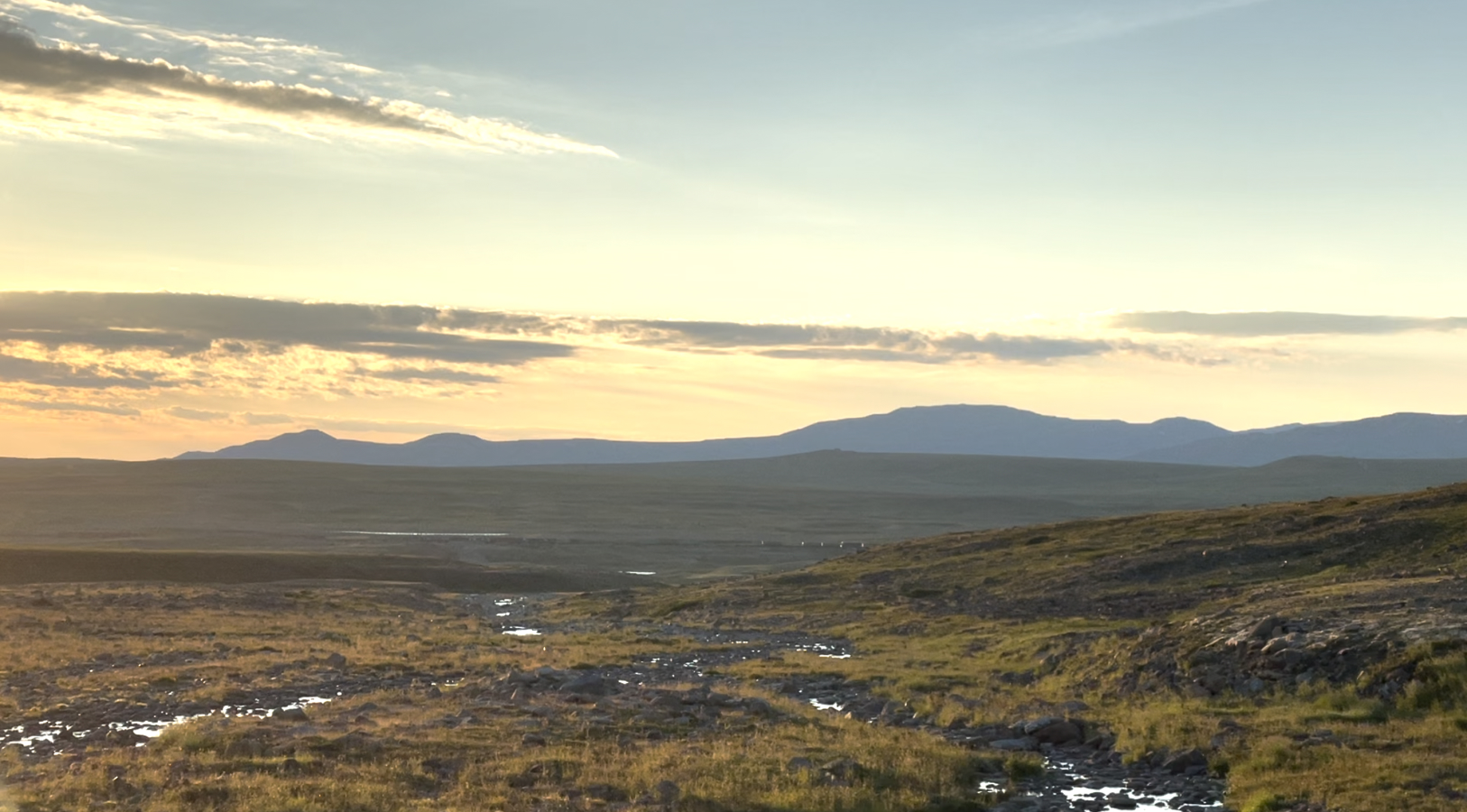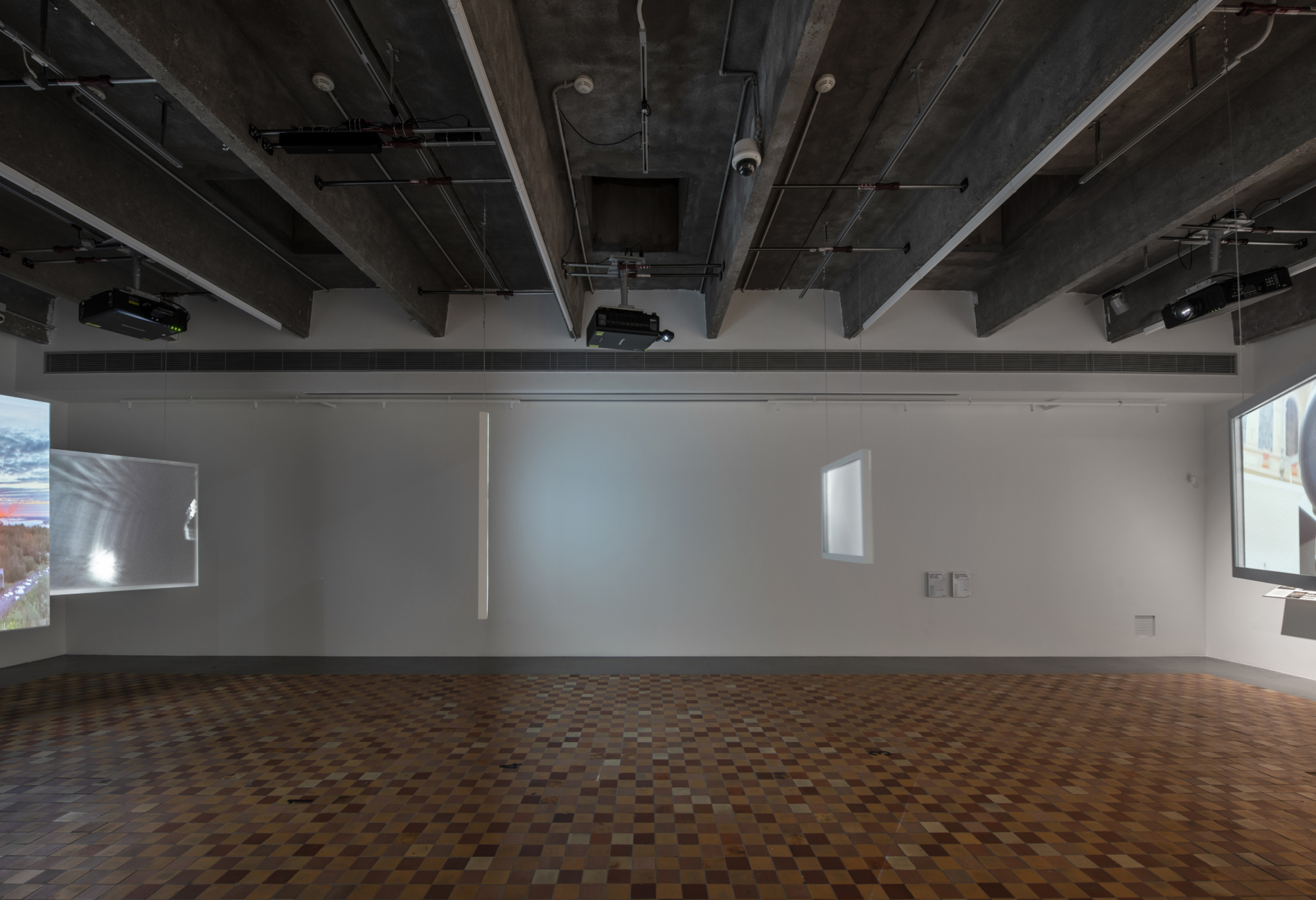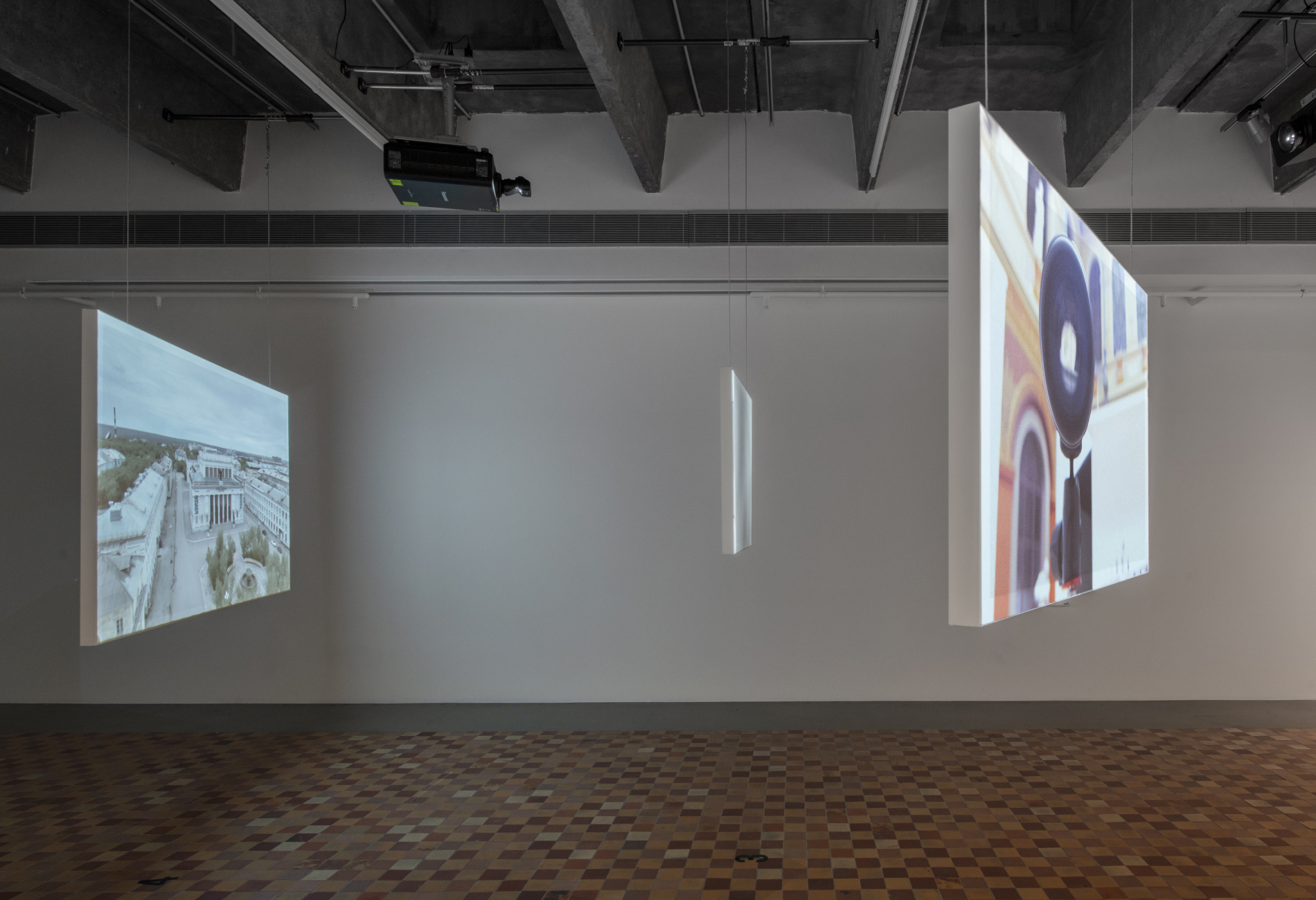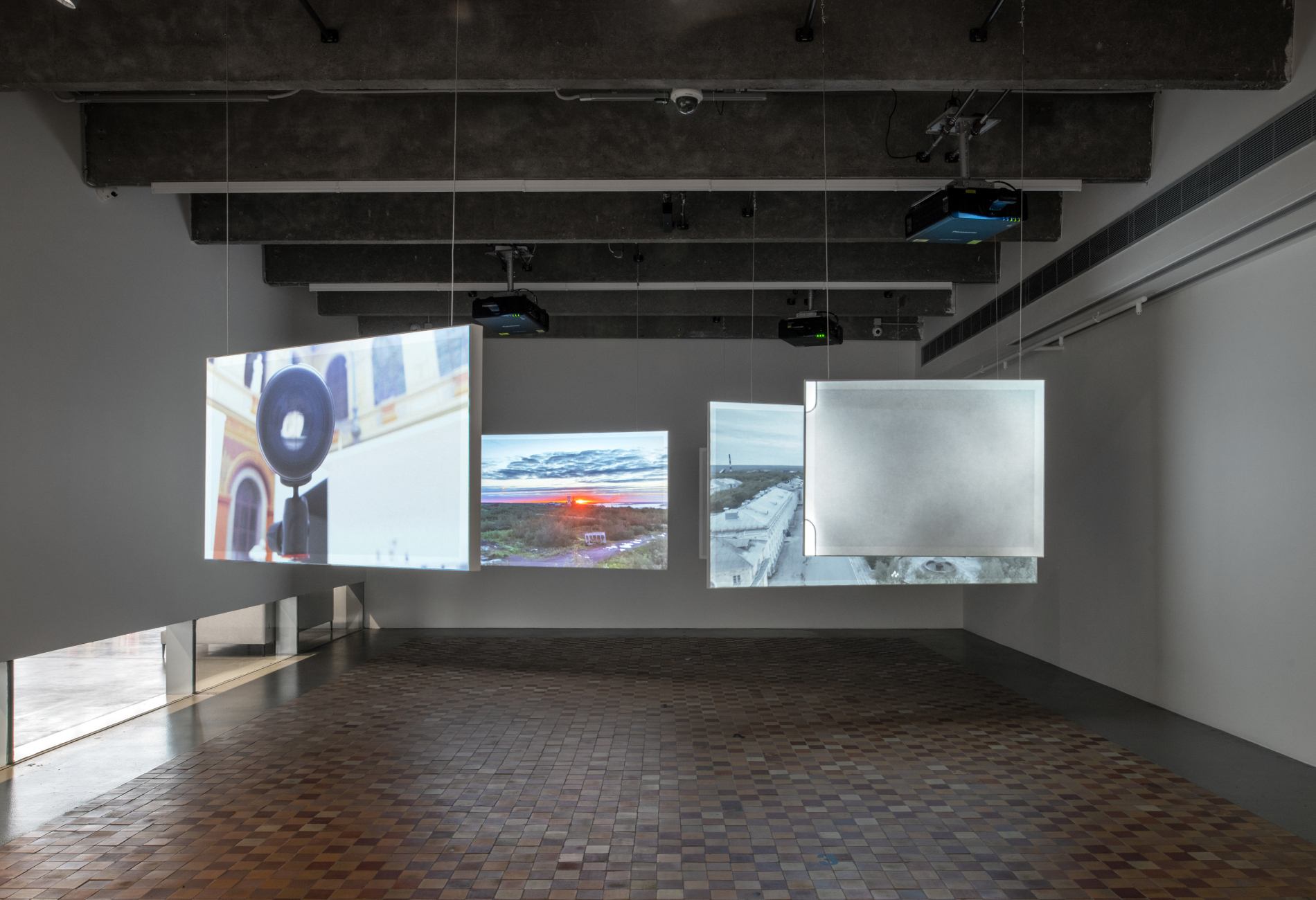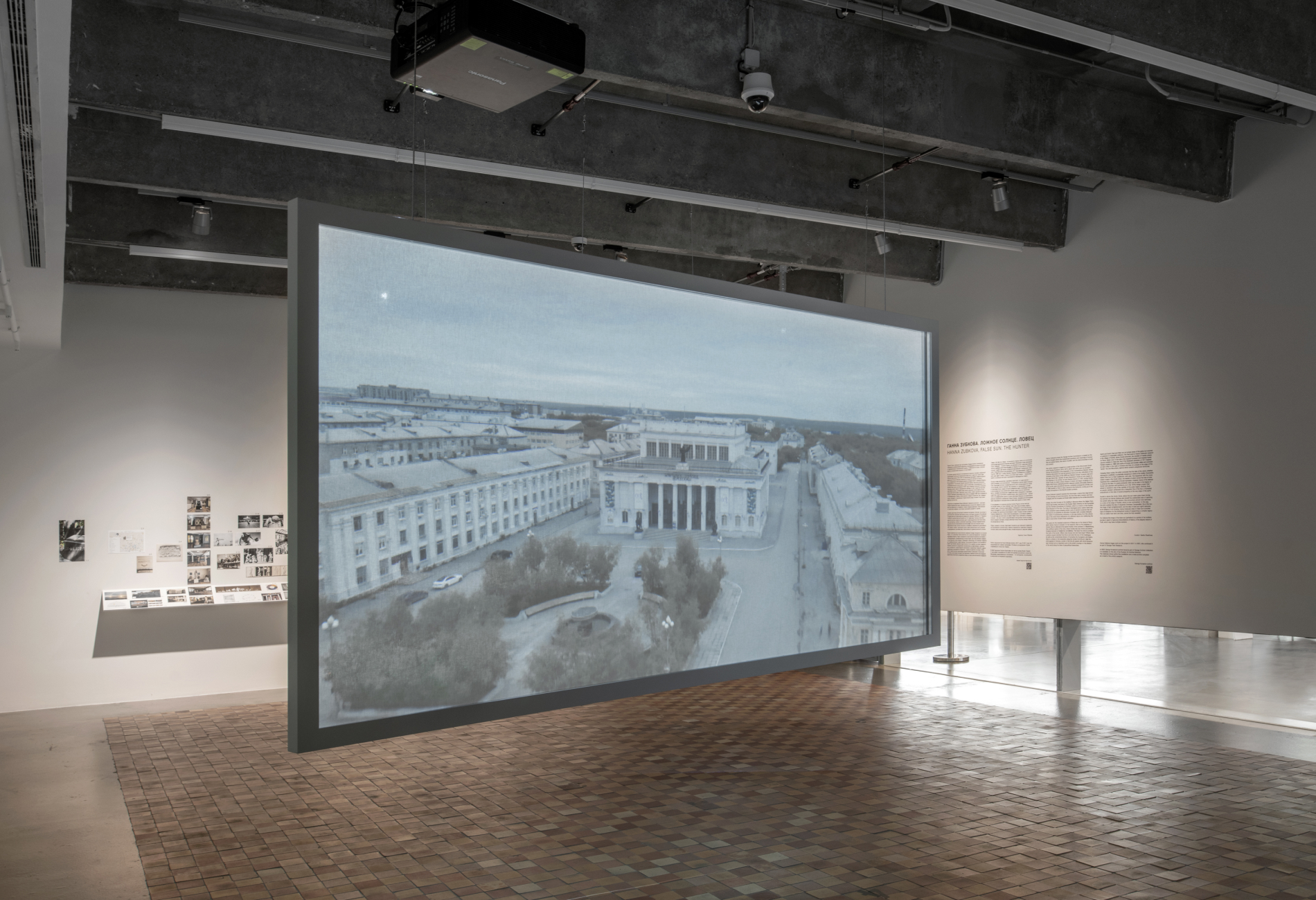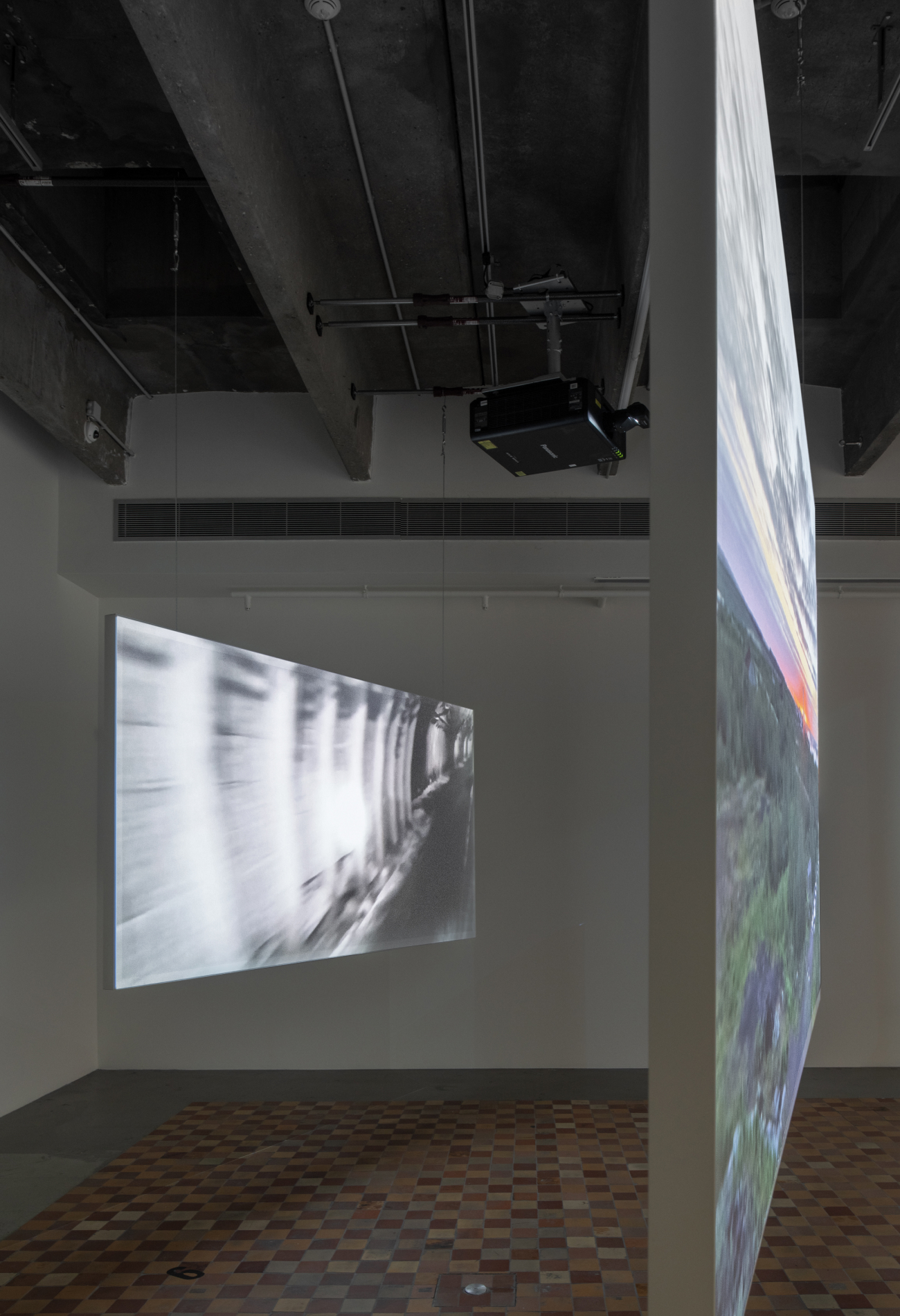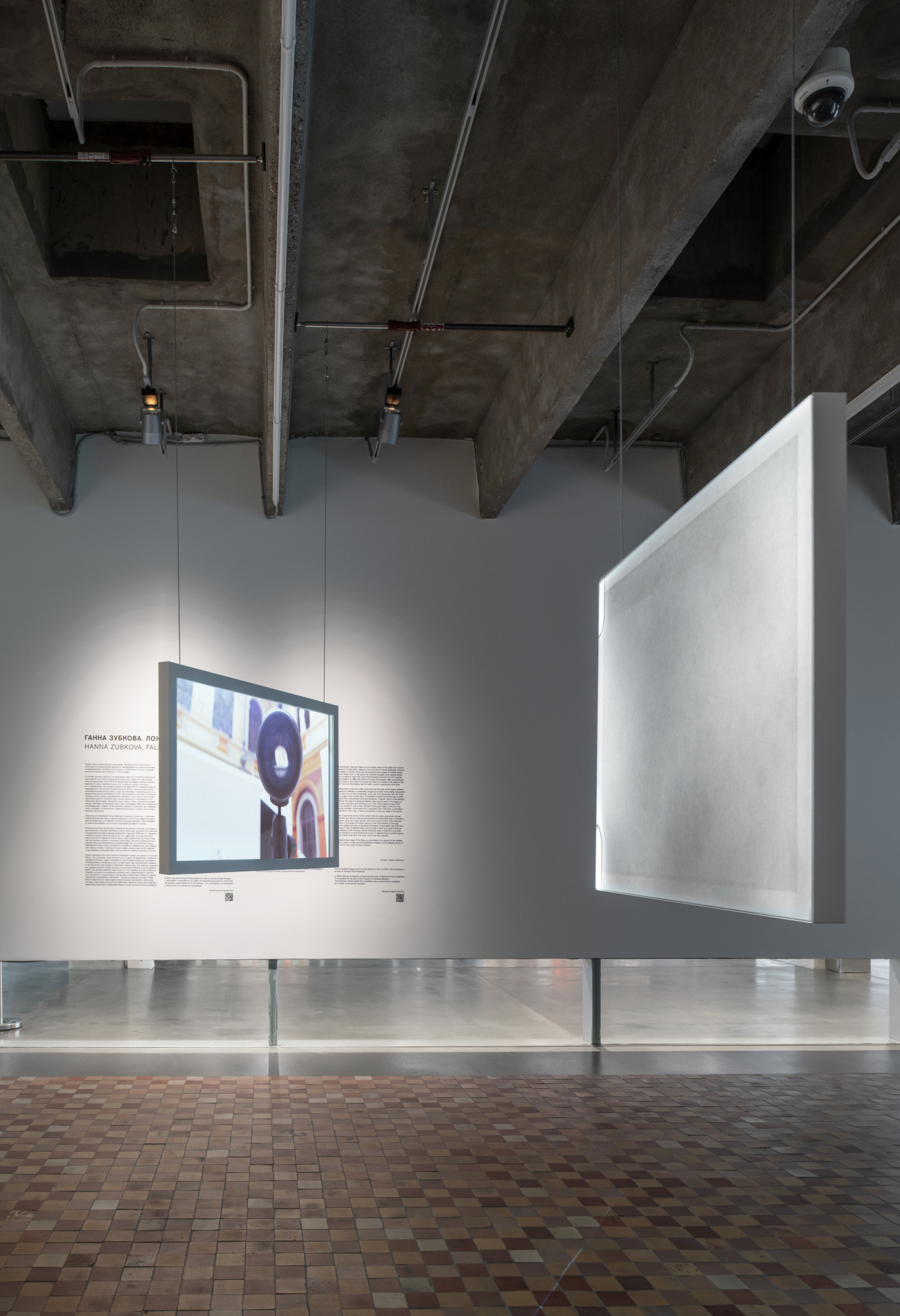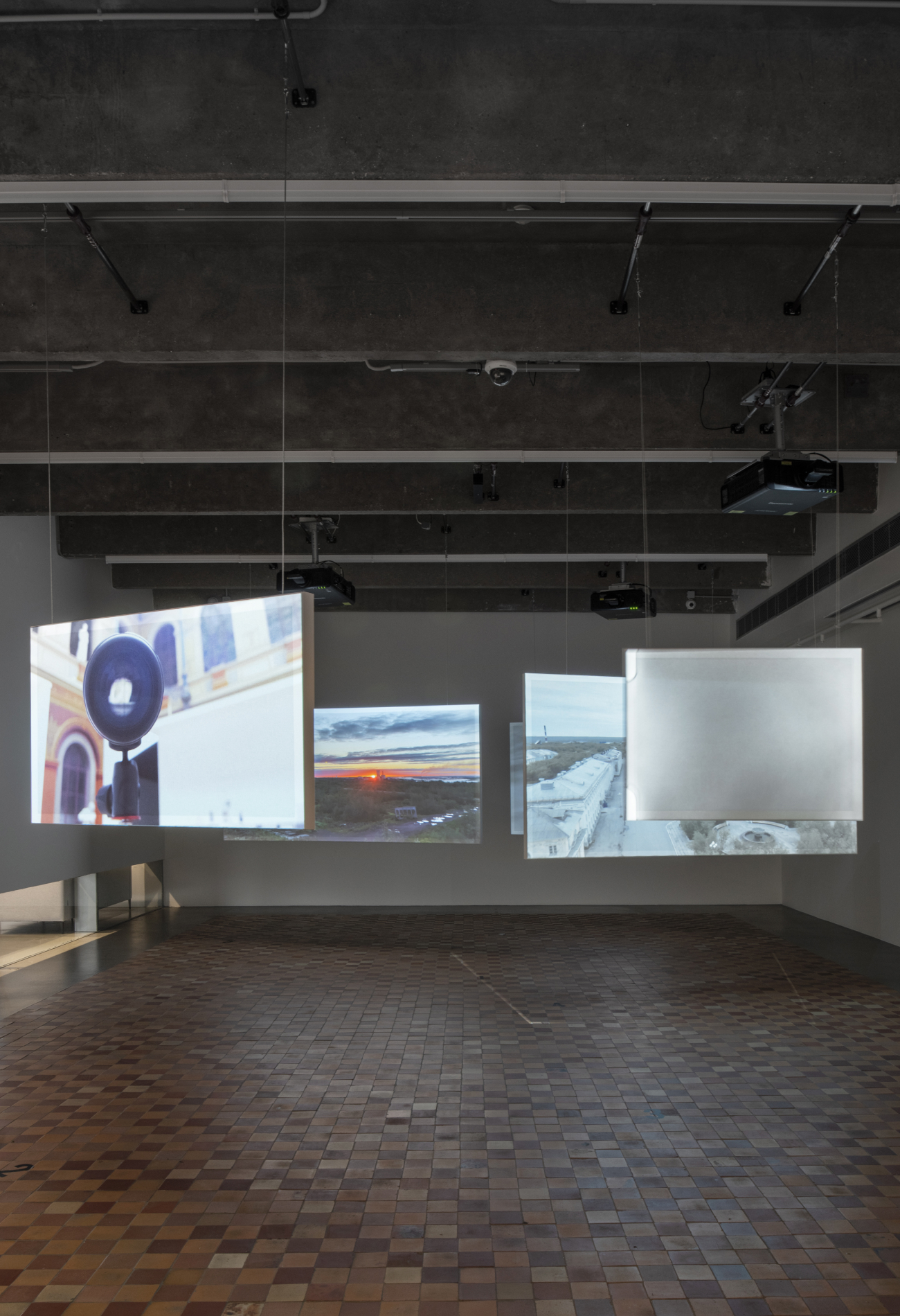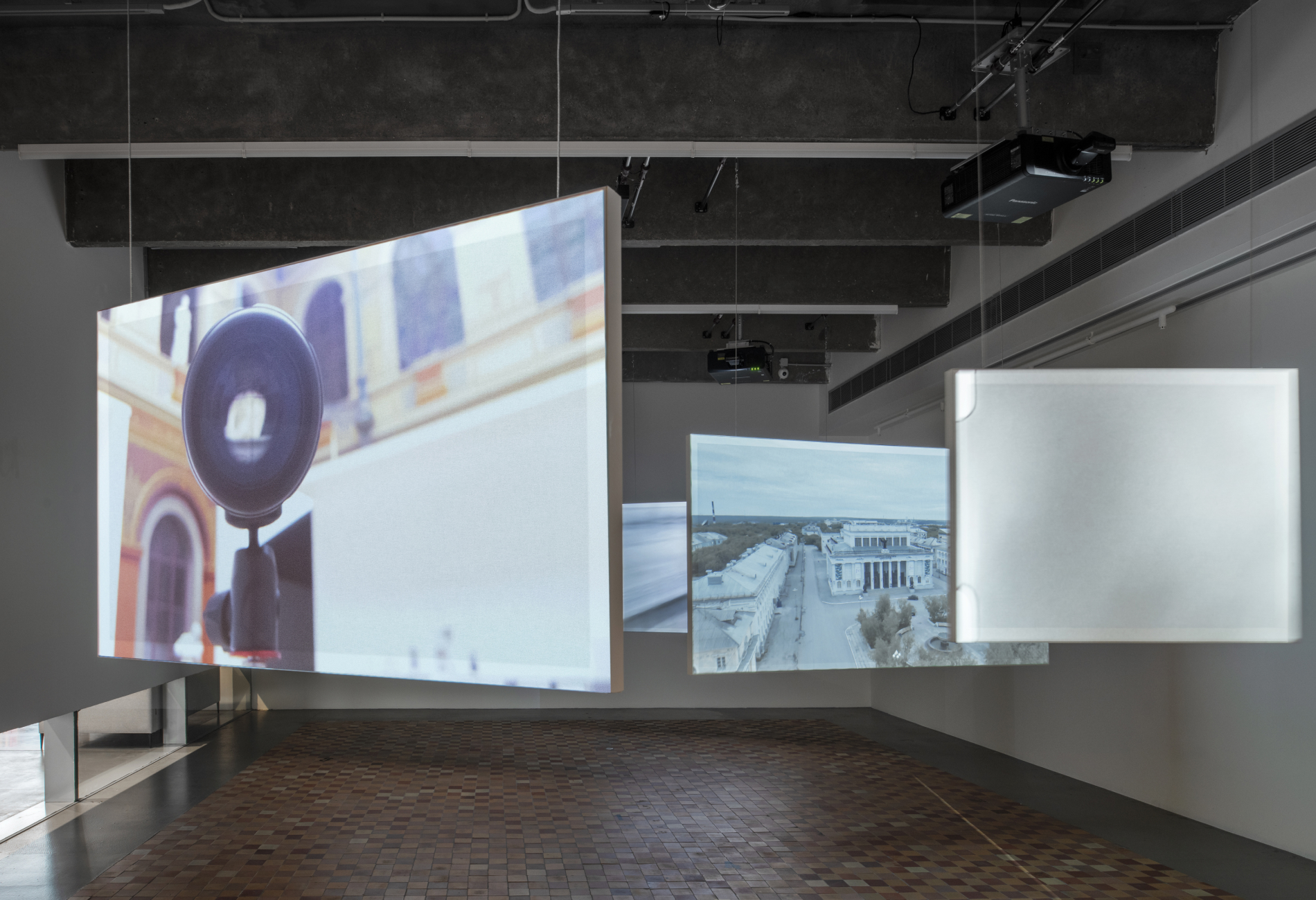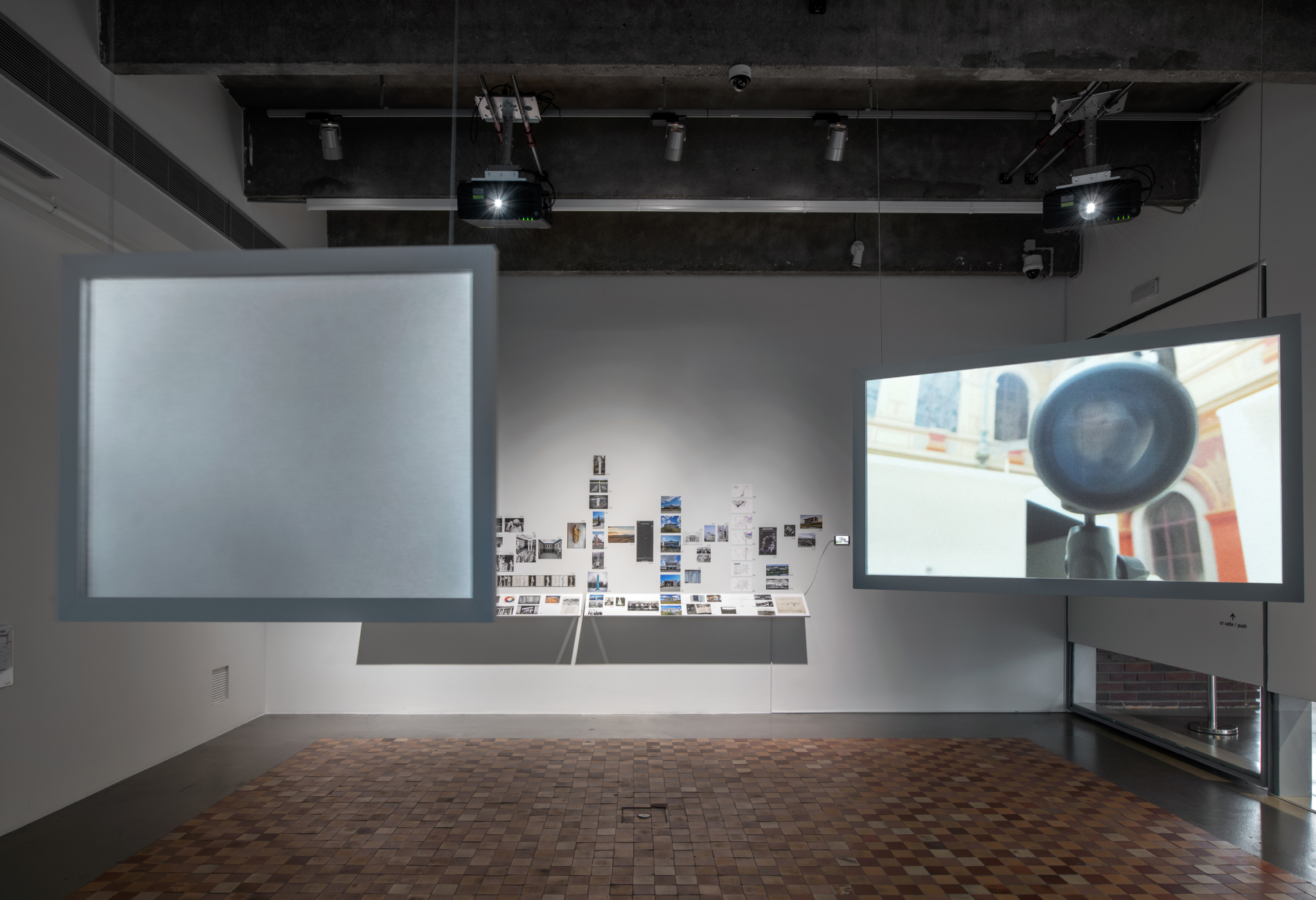Hanna Zubkova
False Sun. The Hunter
False Sun. The Hunter
18+
Hanna Zubkova’s project for Garage Archive Commissions is based on the artist’s thoughts about the fundamental questions and meanings of human fate and global history, the nature of power, and the interconnection of past and present.
Her artistic research is based on a small archive of the little-known Soviet artist Georgy Kursanov (1914–1977), which she came upon by accident. Among the peripeteia of the biography of this nomenklatura Marxist, Hanna Zubkova discovered not only his personal history but also reflections of key moments of the history of the USSR and Western Europe. Kursanov was born the year World War I started. He was interested in visual art and, based on the drawings in his archive, he took drawing lessons. In 1937, during Stalin’s Great Purge, he made a sharp change of career and began studying at the Higher Party School, dedicating his life to the study of Marxist-Leninist philosophy. Kursanov wrote books, gave educational lectures, published propaganda articles, and in 1968 traveled to Paris to read a lecture at the Sorbonne, ending up in the heated atmosphere of the Marxist student protests.
Hanna Zubkova’s research explores the chronotope, a space-time map formed by the topology of found documents, the time they were created, and their contiguity with the European and Soviet myths indicated by the archive documents.
Initially, the artist focuses on the building in Moscow where the Higher Party School was located, now home to the Russian State University for the Humanities and the Tsvetaev Educational Art Museum, which is a branch of the Pushkin State Museum of Fine Arts. The forge of ideological party cadres made way for an exhibition space showing plaster casts of ancient sculpture that are considered canonical for an academic art education. European myth considers Antiquity the cradle of contemporary civilization, in this way erasing from the cultural map of the world those civilizations of a different nature and reinforcing the idea of snow-white Ancient Greek aesthetics.
The quarry for the classical sculptures of Ellada was on the island of Paros, which allows Hanna to include it in her research. Now on the periphery of Europe, Paros is reflected in the eastern frontier of the continent, in Yekaterinburg, the unofficial capital of the Urals, where marble was also mined and where Kursanov lectured on Radishchev and Belinsky. This leads the artist to consider the illusory myth of the border. Where does Europe end and Asia begin? Where does a person acquire identity? And this is not even the end of the travelogue. As well as the conventional division of humanity into Europeans and Asians, there is a division in the humanities along the frontier North/South. Next the artist appears in Vorkuta, a center of the GULAG system with which Kursanov was involved and an important point in the artist’s musings on the division of the world along the lines of geopolitical hierarchies.
North and South, East and West are not simply areas of the globe but sources of solutions to imperialist collisions. The final point in Hanna Zubkova’s research is the village of Rudnik, where Soviet prisoners, the doubles of marble miners on Paros, mined coal. In this place the imperial European and imperial Soviet canons combine in False Sun. And where the Bolshevik revolution of 1917 inspired Parisian students in 1968, myths of Europe and Eurasia collide and comment on each other in the myth of Greece and that of a utopia at the edge of the «world,» the Ural Mountains, behind which stretch unexplored territories.
Following these routes, the artist concludes that the idea of the canon, whether ideological or aesthetic, is potentially dangerous in terms of its totality. Eurocentric states often turn to their totalitarian, dark side. This happened with the move toward utopia in the Soviet Union, the leaders of which turned the idea of total happiness into a catastrophe of brutal repression. However, the traces of the attempt to embody the idea of a great proletarian state can be seen in the legacy of Soviet town planners and architects, as in the 1970s design project that aimed to transform one of the capitals of the polar region, Vorkuta, from an ascetic workers’ settlement into a beautiful City of the Sun, a triumphal embodiment of the idea of social prosperity at the very edge of the earth.
Rudnik is above the Arctic Circle, where the sun never goes down during the summer, but Hanna Zubkova sets herself the unattainable task of capturing the sunset using her video camera. She encounters almost total darkness in the mine on the edge of Rudnik, which is now uninhabited. In this way, the artist updates the idea of utopianist Tommaso Campanella’s City of the Sun, the image of light (enlightenment), and the idea of dusk and night’s darkness as an allegory of not knowing. Hanna Zubkova’s video in False Sun is another type of metaphor for the fantastical routes of researching a complex legacy that, no matter how hard one tries, cannot be fully revealed.
For Zubkova the image of the false sun (parhelion) is a symbol of her endless journey in search of genuine interpretations of history, of the slippery nature of Truth, which may have multiple versions.
Curator: Sasha Obukhova
Hanna Zubkova began work on this project in 2017. In 2021, she continued it as part of Garage Field Research.
In 2023, Georgy Kursanov’s archive became part of Garage Archive Collection. It is available on the site of the Russian Art Archive Network. The materials in the exhibition are a meta-archive compiled as a result of the artist’s research.
Hanna Zubkova
Born in 1988 in Moscow. An artist. Selected group exhibitions include: Leaving Tomorrow, Winzavod Center for Contemporary Art, Moscow (2015); Politics of Fragility, Na Shabolovke Gallery, Moscow (2016); End of the World, Luigi Pecci Center for Contemporary Art, Prato, Italy (2016); Persistent in Changing Nothing, Mansart Gallery, Paris (2017); and To Thomas, La Box Gallery, Bourges, France (2020); As though we hid the sun in a sea of our stories (Haus der Kulturen der Welt, Berlin, 2023). Resident of Garage Studios and Artist Residencies, Moscow (2019). Initiator of the research studio Research Praxis. She lives and works between Moscow, Minsk, and Paris.
